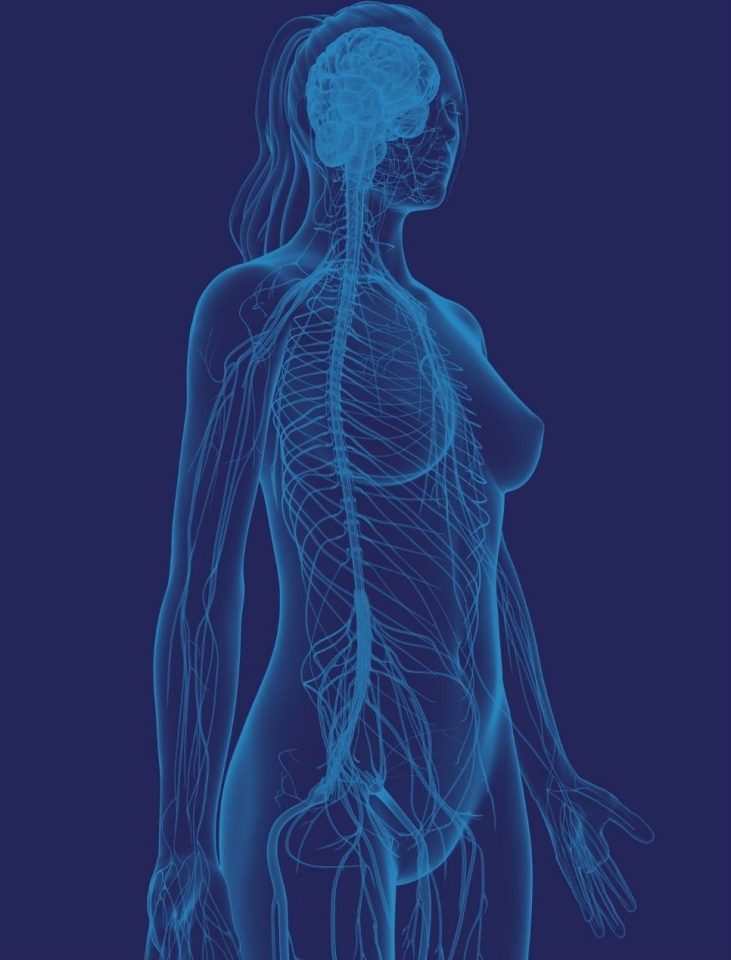
Clinical and Molecular Predictors of Pain
This project focuses on helping to foretell which people are most likely to benefit from surgery. The goal is to provide information to doctors and patients so that they can make decisions regarding appropriate pain treatment for each patient.
This project will also generate a decision aid for physicans and patients to use together when deciding on the best route for treatment.

Patient-Reported Outcome Measure of Dyspareunia in Endometriosis
This study aims to evaluate and modify the sexual pain items in the Endometriosis Pain Questionnaire (EPQ). The goal is to include the updated items in the next revision of the EPQ by the World Endometriosis Research Foundation Endometriosis Phenome and Biobanking Harmonization Project working group. A qualitative approach will be used. Women with endometriosis and dyspareunia will be interviewed to identify important characteristics of their sexual pain and collect feedback about EPQ questions that measure dyspareunia. Next, information from the interviews will be used to select, adapt and/or create questions for the sexual pain section of the EPQ.

Central Sensitization and Quantitative Sensory Testing
The purpose of this study is to investigate central sensitization (CS) in people with endometriosis. Comparing the reliability of six different neuropathic pain questionnaires, particularly the validated central sensitization inventory tool and quantitative sensory testing (QST), which is an objective detection method, the goal is to develop an efficient and reliable method for detecting CS in this group. A cross-sectional, mixed-methods approach will be used. Participants will be requested to complete all questionnaires electronically and attend a QST appointment, from which data will be collected and analysed.

Outcomes following surgical management of pelvic pain : a prospective cohort study
Though endometriosis is diagnosed by laparoscopy, surgery is reserved for those who have failed first line treatment. Surgical options include conservative management with destruction or cutting of endometriosis lesions and definitive surgery with removal of the uterus, fallopian tubes, and/or ovaries. There is a lack of studies examining surgical outcomes at an interdisciplinary centre. Our research aims to address these deficits in a two part-study. The first part will evaluate the impact on surgery on pelvic pain. Specifically, we will examine the influence of the following factors: (1) stage of endometriosis, (2) definitive vs. conservative surgery, (3) diagnosis of endometriosis vs. no endometriosis, and (4) definitive surgery in those under age 35 vs. over age 35. In the second part, we will examine the literature for the impact of removing the ovaries on pelvic pain in the context of both conservative and definitive surgery. For the second part, we will complete a systematic review and meta-analysis evaluating the impact of removing the ovaries on pelvic pain and recurrence rates.

The experiences of East/South/Southeast Asians with endometriosis during the Covid-19 Pandemic
The aim of this study is to understand the experiences of South, East, and South-East Asian individuals with endometriosis over the COVID-19 Pandemic. The goal is to uncover how sociodemographic variables and intersectionality between gender and ethnicity may shape experiences of an individual’s mental health, quality of life, and access to and use of support healthcare services, as it relates to endometriosis. An arts-based methodology, Photovoice, will be used. This approach may be useful to uncover realities of stigmatised conditions, when participants may struggle to disclose and convey their experience by other conventional data collection. Participants are asked to submit 8-10 photographs with short captions, which are then used to facilitate interviews where they reflect and communicate how they relate to their experience of endometriosis over the pandemic. A multi-phased thematic analysis, informed by a critical intersectional theoretical lens, is then used to examine the connections and relationships between multiple aspects of identity and endometriosis.

Online Participatory Digital Storytelling for People with Endometriosis: Investigating Therapeutic Potential, Authentic Portrayal and Knowledge Translation
With our patient partners, we will co-create Digital Stories in the form of written/audio narrations and videos about the impact of endometriosis. The aim of the proposed research is to describe the influence of DST workshop participation and digital story co-creation on the psychosocial health of people with endometriosis; to describe the feasibility (data quality and participant experiences) of data collection using validated psychosocial outcome measures, to describe the gendered dimensions of endometriosis-related psychosocial sequelae that are authentically portrayed through DST, and to describe the connections between DST viewing and audience members’ empathy, understanding, and stigma-related attitudes. Our ultimate goal is to develop an innovative and engaging way of creating and sharing information to empower people to live their best life while also combating stigma.